5 things you (really) need to know about Windows Mixed Reality
We've tried a lot of the Windows Mixed Reality experiences, headsets, and games. Here are the most important things we think you should know so far.
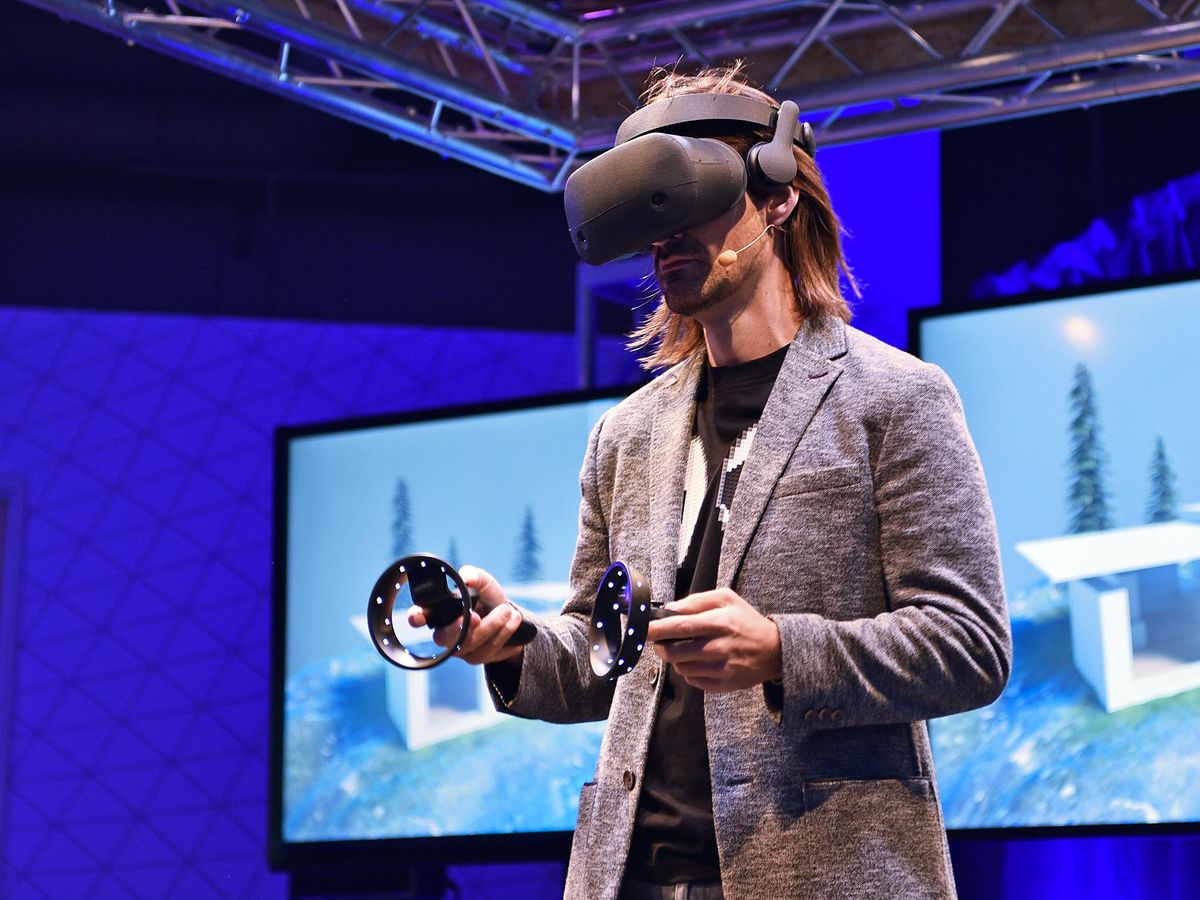
Over the last few months, I have been exposed to Microsoft's Windows Mixed Reality (WMR) platform built on Windows 10. Whether it is talking to partners, app developers, or Microsoft, I've been trying to wrap my head around the concept.
While it is too early to declare WMR a consumer hit versus just a fad, there are a few things that I know are vital if you are thinking about diving into the experience.
Microsoft outlines its plans for Windows Mixed Reality
Samsung's Odyssey is the best head-mounted display (HMD)
While a few companies are making HMDs for WMR, it's the just announced Samsung Odyssey that delivers the best experience. Indeed, Microsoft calls it the "premium" WMR headset, and it delivers.
Samsung HMD Odyssey: Hands-on with a 'premium' Mixed Reality headset
With dual-AMOLED displays with a slightly wider field of vision than other headsets, and built-in microphone and headphones, the Odyssey is the most comfortable and pleasant one to use. Meanwhile, other HMDs will require you to plug in headphones and add a microphone to use Cortana, which starts to make them a bit clumsier even if they are cheaper.
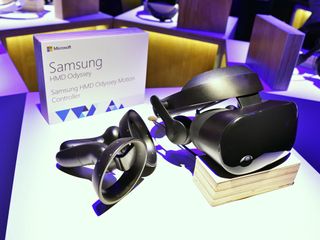
Sure, the Odyssey is priced at $499 (it includes two motion controllers), which is higher than the $299 for the Acer HMD (with no controllers), but if you can swing the cost, it will be worth it.
Get the Windows Central Newsletter
All the latest news, reviews, and guides for Windows and Xbox diehards.
The only people who I don't recommend getting the Odyssey are developers. With no flip-visor to go from coding on the PC to the Windows Mixed Reality experience, you may get frustrated with having to remove the headset when working constantly.
You need motion controllers
What's cool about WMR is it takes any input method that a Windows 10 PC takes, such as a pen, Xbox game controller, mouse, or keyboard. That ability to keep cost down while maintaining familiarity is fantastic.
But if you want the right experience, you need the excellent motion controllers that each HMD company is offering.
The reason is simple: Motion controllers are made for mixed reality. Mice, keyboards, and game controllers, by comparison, are meant for a 2D world.
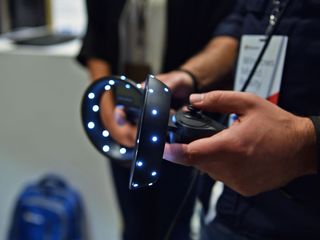
Motion controllers feel ergonomic to hold, are not heavy, have lanyards, and the controlling effect in the virtual world is very natural to use. I equate motion controllers to using chopsticks when eating instead of a fork. Sure, a fork gets the job done like a power shovel, but chopsticks are more precise, accurate, and refined.
Once you play your first game with motion controllers and you look down to see your virtual hands in this new world, your brain instantly gets what's going on. Combined with the joystick and Windows keys found on the motion controllers these are must-haves if you are doing Windows Mixed Reality.
WMR gaming is great
Seeing as many of the WMR games are coming from the world of Steam VR, there are some excellent established titles already on the market.
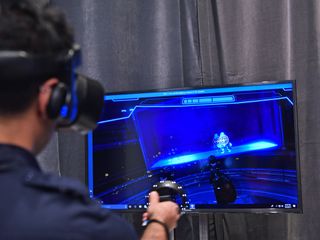
I even tried the new Halo Recruit, which is more of a demo than a full game experience. Still, it was awesome. The game puts you in a training room where you get weapons and target experience against many of the classic Halo baddies. Seeing those enemies that close, in that much detail and that immersive was outstanding. Being able to use my dual-motion controllers as pistols, which I could see in this virtual world, was a blast.
Social could be huge
Microsoft is not defining what WMR is just yet. It can be used for gaming, productivity, or watching movies. Instead, the company wants to put this platform into the hands of users and creators to see where they take it.
Alex Kipman, who oversees Microsoft's Mixed Reality ambition and who invented HoloLens, was asked what he thought the killer app was for WMR. He replied with social apps, such as AltspaceVR, which the company just bought.
He may be right.
Humans are pathologically social. We need to share everything and express ourselves consistently with others, even if it is with total strangers on the internet with fake names.

But social on mixed reality is different than your standard messaging apps on your phone. The ability to see the other person – even if just a 3D avatar – while sharing a common space is a whole different experience that is much more personal.
While you may not need to hang out with your neighbor in a mixed reality app, it's different story if the person is across the planet, a traveling family member, or someone you never met in real life.
In fact, I might as well announce that starting later this year Windows Central will begin hosting virtual reader meetups where you can hang out with me, and the other Windows Central editors, including Zac Bowden and Jez Corden.
Try to get powerful hardware
Microsoft has two tiers for Windows Mixed Reality. One is for computers with integrated graphics, the other – Ultra – is for PCs with dedicated video cards.
Combined with a $299 headset, that means almost anyone with a Windows 10 PC – even a dual-core Ultrabook – can get in on the action.
But make no mistake, a higher-end PC rig is a better experience. WMR Ultra setups get 90 frames per second (FPS) versus the 60 FPS for integrated graphics. The computer with the faster video card will have quicker loading times and a smoother experience.
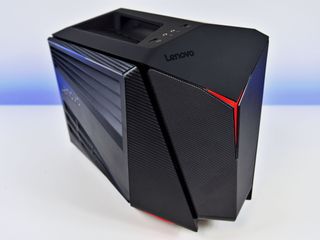
The test rigs Microsoft uses sport a quad-core Intel Core i7 processor, 32GB of RAM and a NVIDIA GTX 1080 video card. Much of that is because developers are using these to write mixed reality apps, compile and then play them, so consumers do not need such a system.
Finally, while you can use WMR with a laptop for cooling, performance, and fan noise, the desktop will likely be the better experience. It's pretty great that you can still do it all on an HP Spectre x360 too if you want.
More to come
There's a lot left to learn about Windows Mixed Reality. The genre is undefined now on purpose. Microsoft is merely putting all the tools with some experiences out there to see what people and developers create. If gaming is the most used feature, that is where Mixed Reality goes. Likewise, for social experiences or productivity.
Everything you need to get started with Windows Mixed Reality
Since Windows Mixed Reality is just an extension of the Windows 10 OS, users can expect regular updates and new features to experience with those two significant updates every year. Things like multitasking in immersive games, improved performance, new hardware, and added abilities are all on the roadmap, making its launch later month just the beginning.

Daniel Rubino is the Editor-in-chief of Windows Central. He is also the head reviewer, podcast co-host, and analyst. He has been covering Microsoft since 2007 when this site was called WMExperts (and later Windows Phone Central). His interests include Windows, laptops, next-gen computing, and wearable tech. He has reviewed laptops for over 10 years and is particularly fond of 2-in-1 convertibles, Arm64 processors, new form factors, and thin-and-light PCs. Before all this tech stuff, he worked on a Ph.D. in linguistics, performed polysomnographs in NYC, and was a motion-picture operator for 17 years.